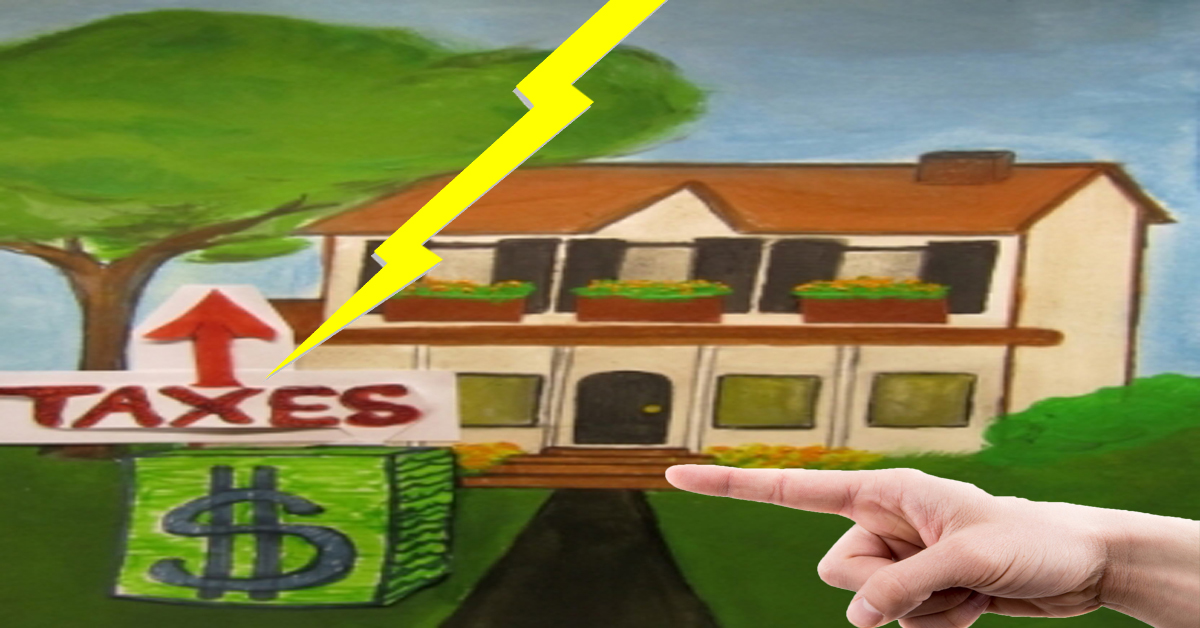Checking Property Tax Assessments
Property tax assessments are troublesome for many people. They wonder how are they arrived at, what do they mean and by what means does one know that they are accurate.
The assessment process revolves around understanding the sales ratio. This sales ratio is called by other names in other jurisdictions and municipalities and could be called the average ratio, assessment level, director’s ratio, the common level of 100% of true value, RAR (residential assessment ratio) or the equalization rate.
Homeowners are taking a second look at their property tax assessment. After all, a property tax assessment is only an estimation of value that should be double checked by the homeowner to verify accuracy. By looking into and verifying the the assessment, you’ll make the process accountable and the aggregate methodology fairer to all.
Assessment Ratios
First of all Assessed Value does not mean True Market Value. Assessed value is merely a contrived value the tax assessor places on a property.
True Market Value = Assessed Value (that the tax assessor came up with) divided by the Sales Ratio
For instance, if the sales ratio of an area is pegged at 50%, a $500,000 dollar home should be assessed at $250,000. If the homeowner seed that their home is assessed for $400,000 they might assume they are getting a good assessment, when in truth they are getting hosed.
The market value of a property is divided by a sales ratio and that number is given as the assessment. All understanding of proper assessments depend on the sales ratio. This ratio is called by a number of other names as mentioned previously.
Why Tax Assessors Often Have Bad Data
Tax assessors almost never value a property. They rely on others. The job is hired out on a bid basis to professional area blanket appraiser organizations who find the sales value for homes in a given neighborhood. The low bid gets the job.
Values are arrived at hastily and errors creep in. Sometimes previously derived values are rolled over or values are taken off other key homes in an area without a thou rough analysis.
How off can these assessment be?
The National Taxpayers Union writes that as many as 60% of all homeowners are over-assessed and not in line with their home value. (“How To Fight Property Taxes” 2004 p.1
Consumer Reports has published that property tax records show an error rate of 40% exists in estimating property taxes. (Nov.1992 v57 nil p.723)
Reconciling Real Estate Property Values
With declining real estate values or market values constantly in flux, finding sold comparable real estate is essential. One can make adjustments to these comparable sold homes for differences in square footage, year the home was built, differences in amenities, and a load of other issues that can arise when making comparisons. A good guide will give you the details for making accurate adjustments.
